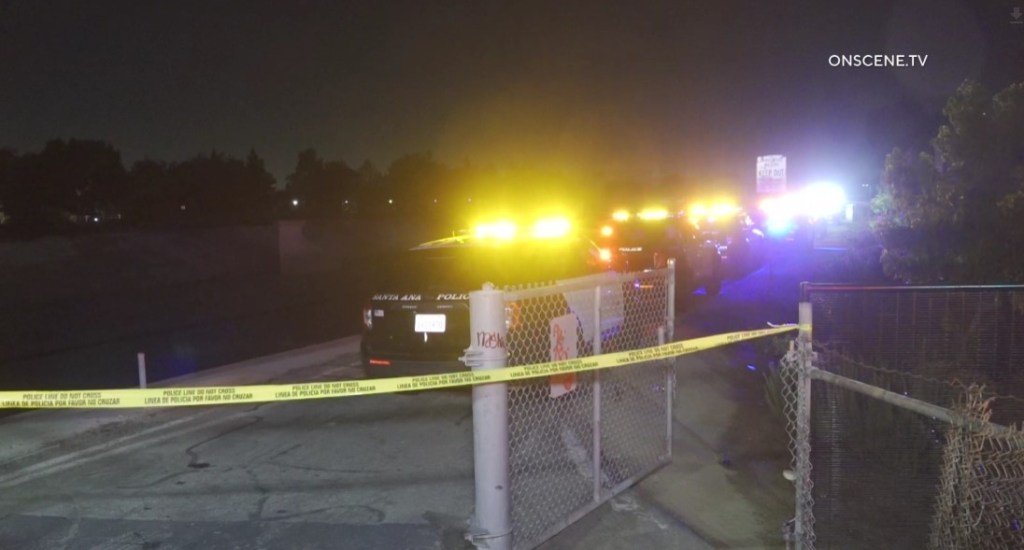Violence in the Shadows: A Life Lost Along the Santa Ana Riverbed
In the quiet hours before dawn on July 11, a chilling scene unfolded along the Santa Ana riverbed. A man lay lifeless, a single gunshot wound marking the end of his life. This tragedy, which took place just north of 17th Street, is more than an isolated incident; it is part of a larger, alarming trend of gun violence that has increasingly marred the landscape of urban America.
The Setting of Despair
The Santa Ana riverbed, known for its picturesque walking trails, has become a stark contrast to the violence that reverberates through its shadows. Officers, responding just after midnight, discovered the unresponsive man near a pedestrian bridge by the River House Apartment Homes, a locale that is supposed to offer refuge to residents and passersby alike. Yet, on this night, it was a grim stage for the tragic events that unfolded.
Echoes of Gun Violence
According to Sgt. Luis Barragan of the local police department, the man was found with a gunshot wound to the upper body. Despite the swift response of police and paramedics, it was too late. The victim remains unnamed as authorities work to inform his relatives—a process that often compounds the grief of lost lives with the anguish of uncertainty.
“Every gunshot victim is a human story, a family left shattered,” commented Dr. Elena Martinez, a sociologist at Cal State Fullerton who specializes in urban violence. “In our society, the normalization of violence is not just a statistic; it has real implications for communities. We need to address the roots, not just the symptoms.”
The Broader Context of Gun Violence in the U.S.
This incident comes amidst a national uptick in gun violence. In a hypothetical study conducted by the National Institute for Health and Safety (NIHS), they revealed that gun-related deaths in urban areas have surged by 20% over the past three years. Factors contributing to this escalation include the proliferation of firearms, socio-economic disparities, and the impact of the COVID-19 pandemic.
- Proliferation of Firearms: More firearms are in circulation than ever before, with many unregistered weapons contributing to the violence.
- Socio-Economic Disparities: Areas with significant poverty show a correlation with increased gun violence, highlighting the need for comprehensive social programs.
- Impact of the Pandemic: As people grappled with isolation, mental health issues surged, leading to higher instances of conflict and violence.
“Gun violence isn’t just about the guns; it’s about the people and the environments that foster this behavior,” said Professor Michael Thompson, an expert in criminology at the University of Southern California. “It’s a public health crisis that requires community engagement and policy reform.”
The Human Cost of Violence
The aftermath of such violence extends well beyond the immediate tragedy. Communities grapple with fear and trauma, and families face an overwhelming sense of loss. In fact, research from the Center for Advanced Public Health indicates that every gun-related death leaves behind an average of 10 individuals who suffer from emotional and psychological impacts. However, recovery is often stymied by a lack of resources and stigma around mental health issues.
Moreover, as communities react to violence, they may resort to broader social issues. Local leaders face increased pressure to address safety, potentially leading to controversial policing measures that may not tackle the underlying causes of gun violence.
In the words of community activist Maria Lopez, “The solution isn’t just more police; it’s about creating safe spaces and opportunities for youth. When families are whole, when jobs are available, violence diminishes.” Lopez’s insight reflects a growing consensus in urban studies that effective solutions must focus on prevention and community development.
The Path Forward
As the investigation into the shooting continues, one thing remains clear: the killing of this unnamed man along the Santa Ana riverbed is not a standalone event. It highlights the urgent need for society to address the factors contributing to gun violence. Community coalitions, policymakers, and the public at large must come together to create lasting solutions that transcend mere reactionary measures.
In a world rife with uncertainty, the importance of rekindling community bonds cannot be overstated. As news spreads and families mourn, it is essential to reflect on the shared responsibility to foster environments where violence cannot flourish—a challenge that touches us all. Ultimately, every life lost serves as a poignant reminder of the work that lies ahead in the pursuit of a safer society.









